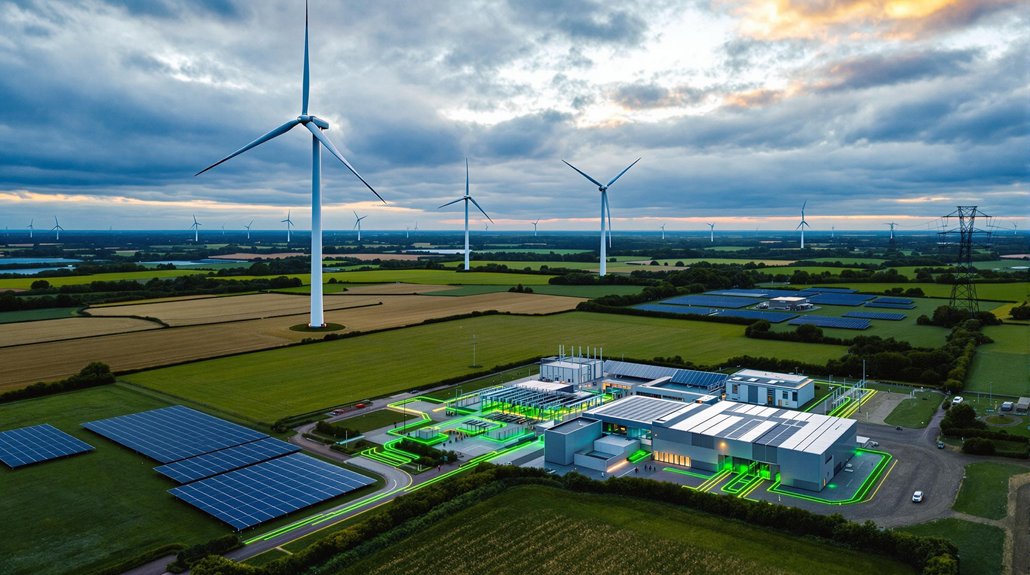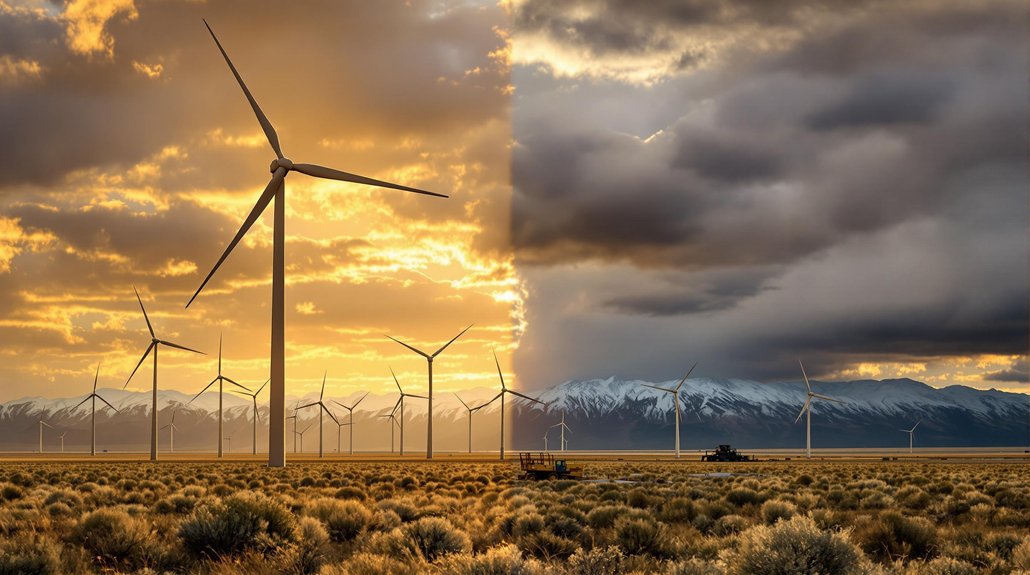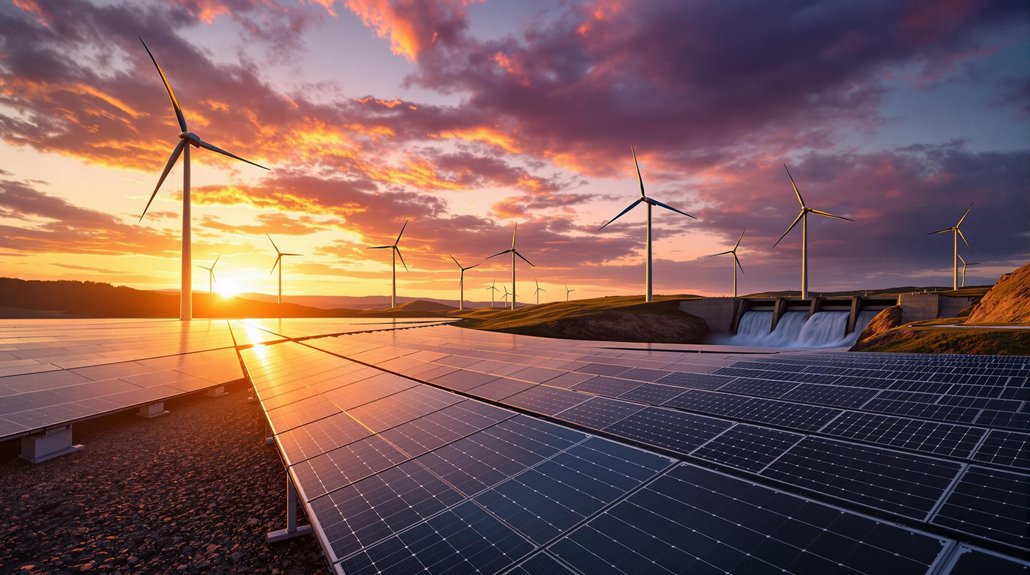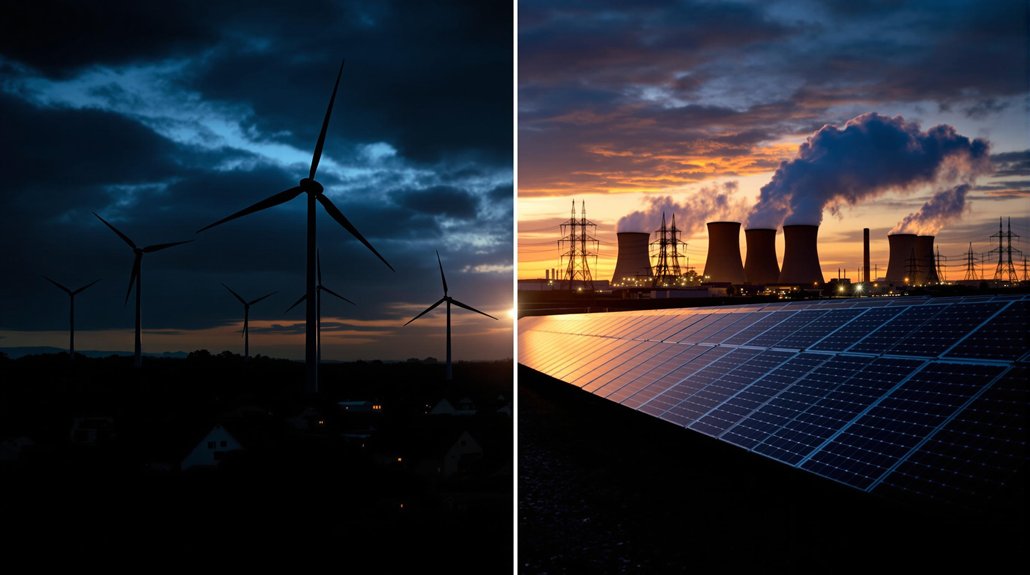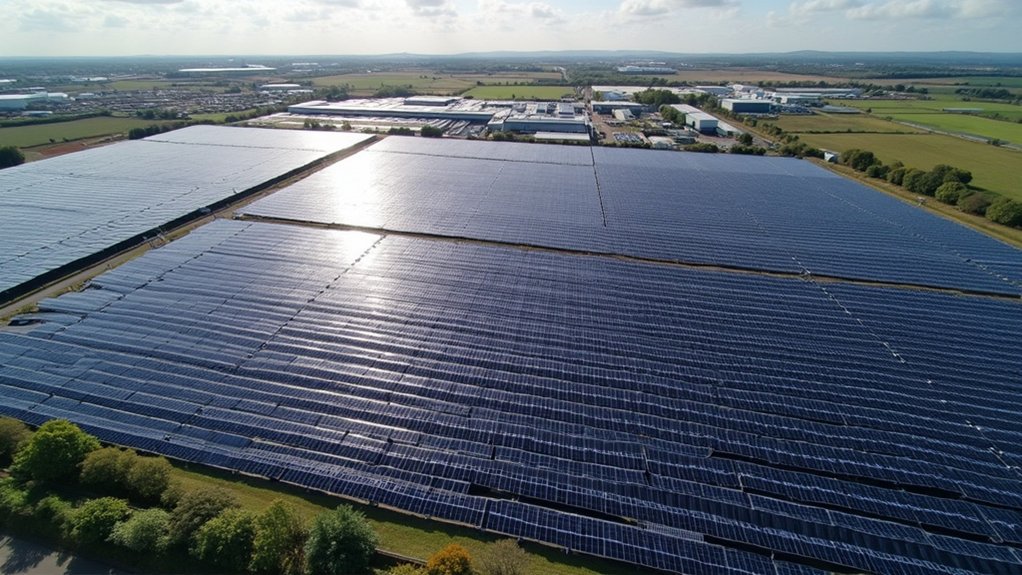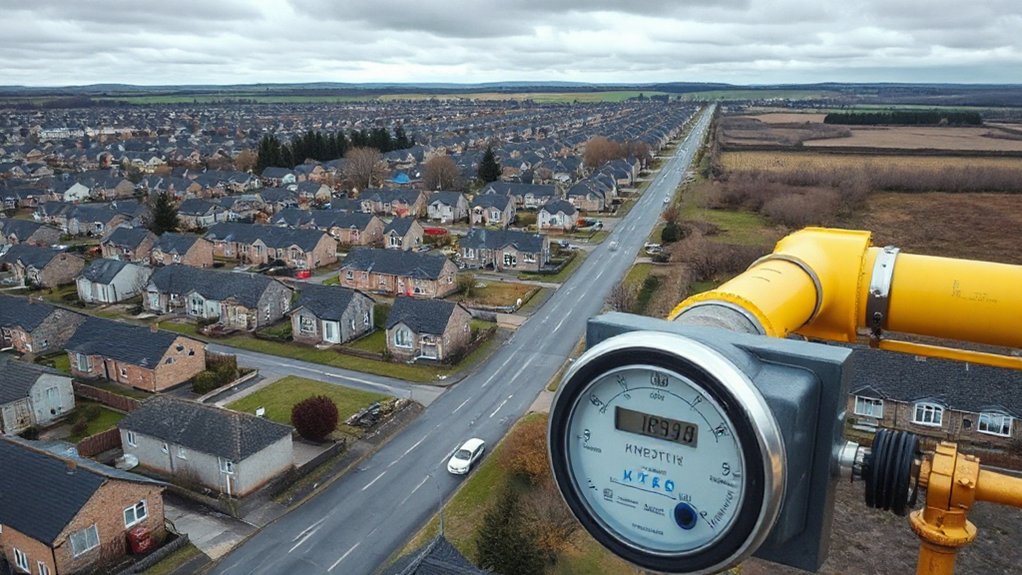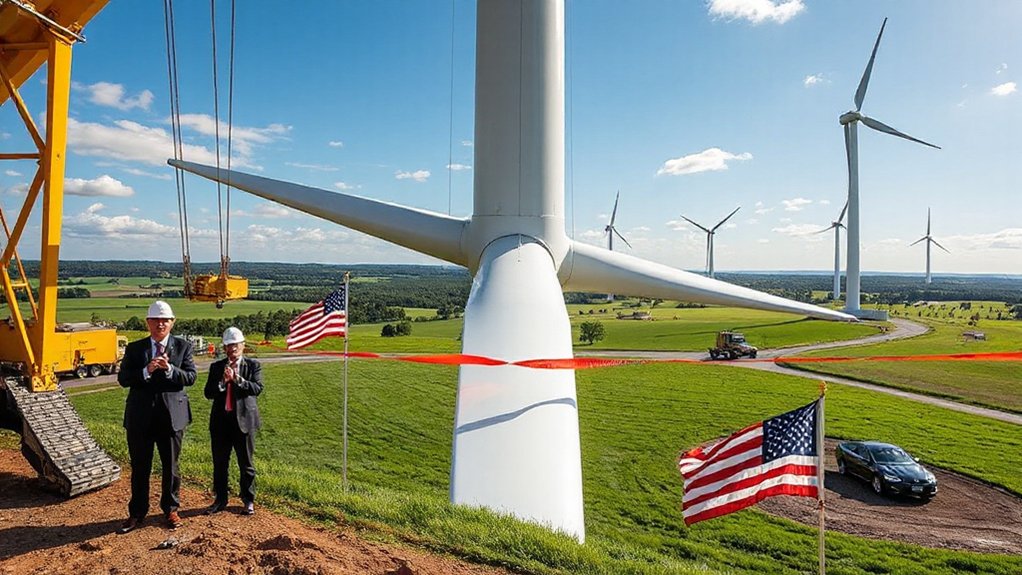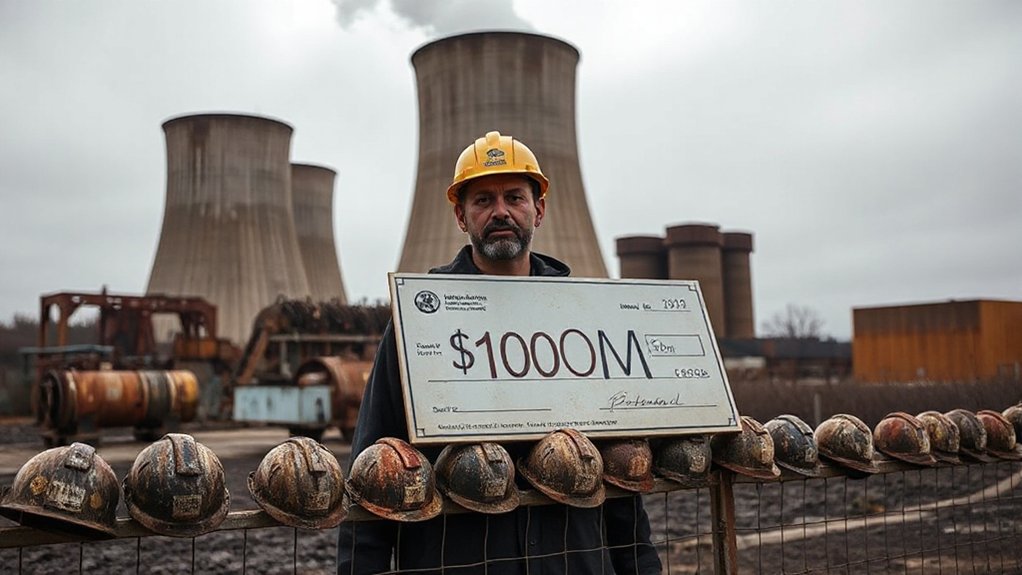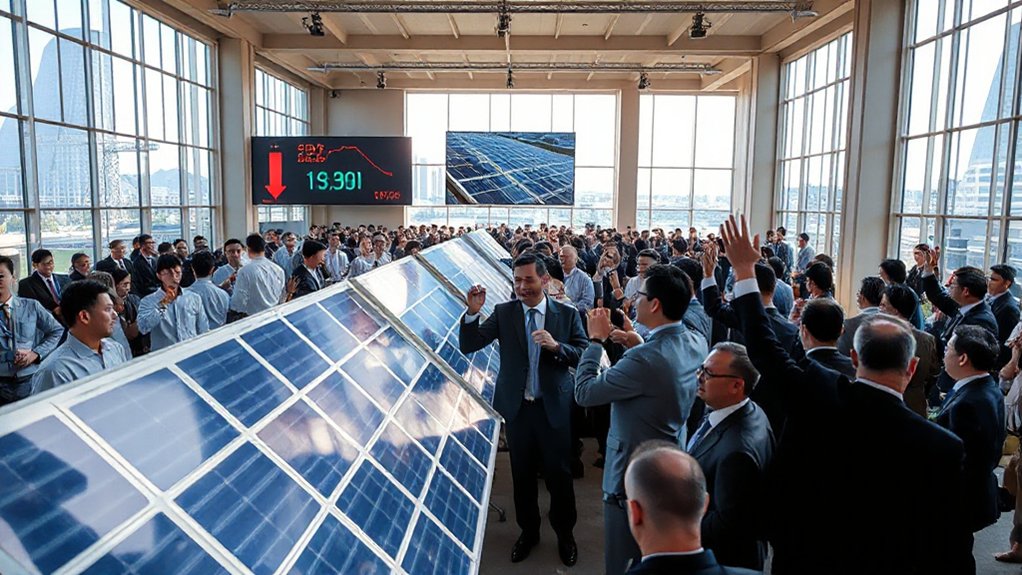Britain’s energy landscape is changing dramatically. The government has created a new system that lets green energy projects skip ahead in line for grid connections. This shift aims to produce 95% of electricity from low-carbon sources by 2030. Officials claim the plan will reduce dependence on foreign fossil fuels while creating jobs. The question remains: can Britain’s aging infrastructure handle this rapid transformation?
The UK government has launched an ambitious plan to transform Britain’s energy landscape. The sweeping initiative aims to scale up affordable, clean, and homegrown power while reducing the nation’s dependence on imported fossil fuels. This strategy prioritizes green energy projects by giving them fast-track access to connect to the national electricity grid.
Under the new plan, Britain could generate 95% of its electricity from low-carbon sources by 2030. The government’s ultimate goal is to fully decarbonize the electricity system by 2035, while ensuring energy supply remains secure. The mix will include offshore wind, solar, nuclear, and hydrogen production.
Energy security stands at the heart of this change. By diversifying into various low-carbon sources, the UK hopes to protect itself from global price shocks and supply disruptions. The introduction of the Great British Energy Bill aims to correct ownership anomalies in various energy sectors while emphasizing both public ownership and private investment. The government’s vision extends beyond self-sufficiency – it aims to make Britain a net exporter of clean energy technology and expertise.
The economic benefits could be substantial. The shift is expected to attract multi-billion-pound investments and create nearly 500,000 new green jobs by 2030. Despite these projections, critics warn that ideologically-driven policies are threatening energy supply security. These opportunities won’t be concentrated in one area; the plan aims to distribute economic growth across regions and reduce geographical disparities.
To support this vision, the UK is planning significant grid infrastructure upgrades and modernization. This includes investment in next-generation nuclear technology, including small modular reactors, and expanded hydrogen production facilities. The strategy aligns with the global trend where battery storage capacity is rapidly expanding to ensure grid stability for variable renewable sources.
The government is also supporting energy efficiency improvements in homes and businesses through retrofitting programs and new building standards. Smart grid technologies and digital systems will help manage the increased flow of renewable energy.
Environmental goals remain central to the plan. The energy change supports the UK’s commitment to reach net-zero greenhouse gas emissions by 2050. Large-scale deployment of renewables isn’t just expected to reduce carbon emissions – it should improve air quality and incorporate habitat protection into new energy projects.
This coordinated approach reflects Britain’s determination to lead in clean energy while ensuring affordable power for its citizens.
